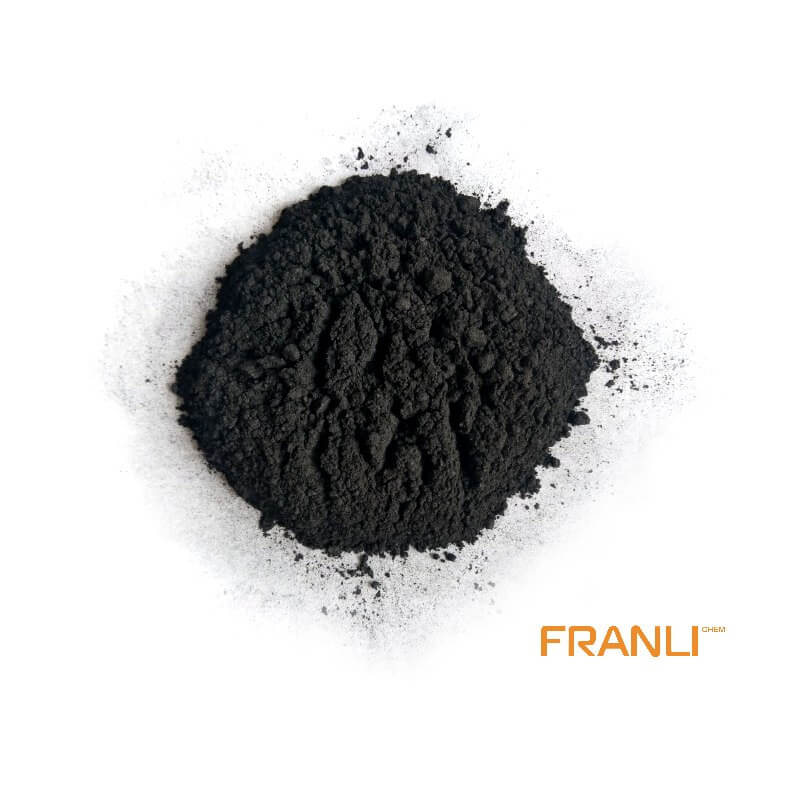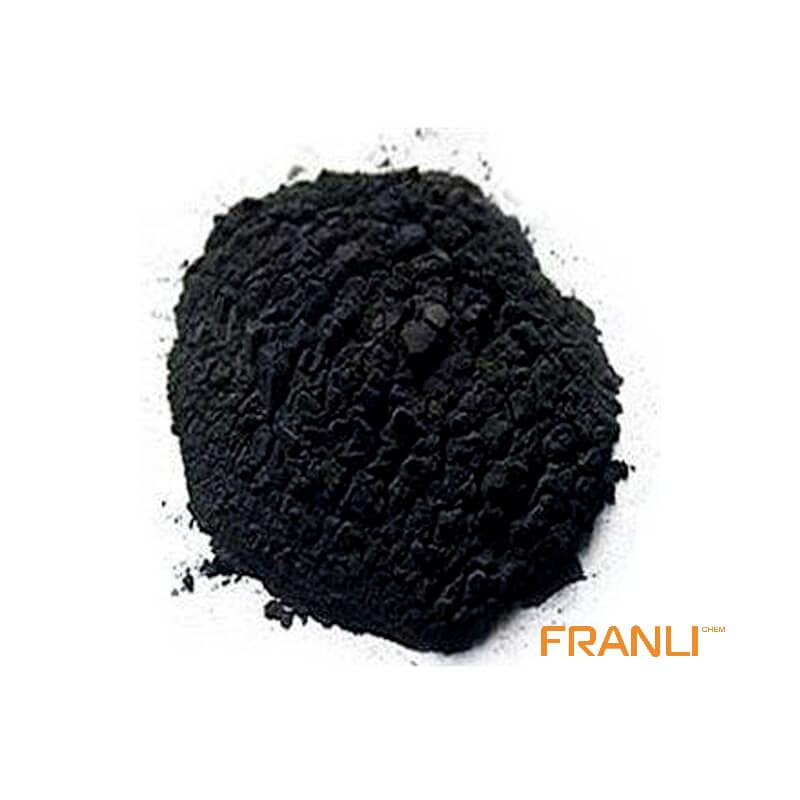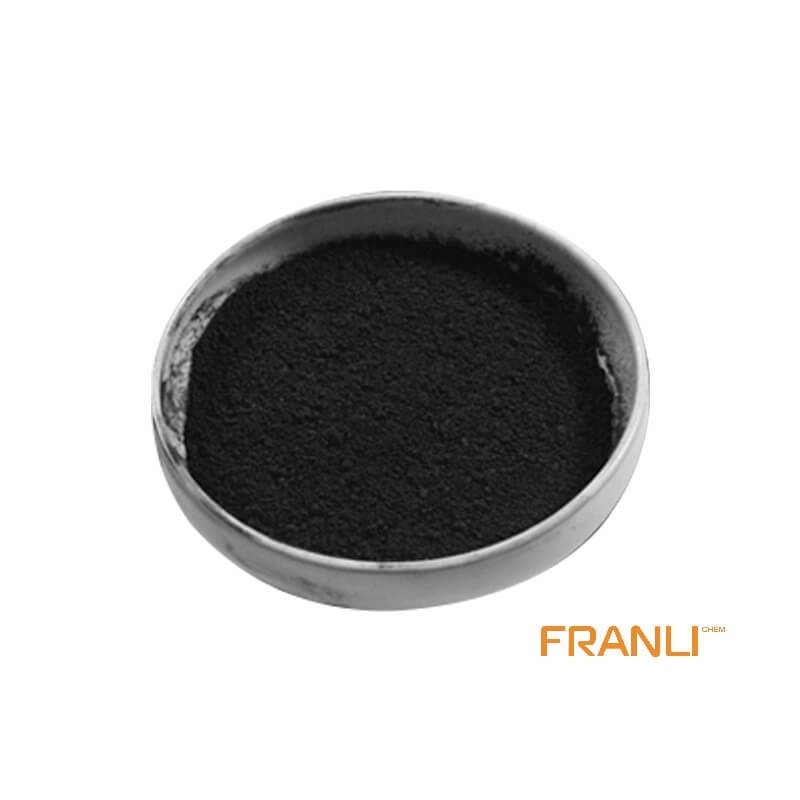


Purity Graphite
Size
According to your requirements
Package
25 kg small bags into ton bags or ton bags
Features
good temperature resistance, self lubrication, conductivity, etc.
Application
Can be used in machinery, metallurgy, chemical industry, military industry, etc.
High purity graphite is also called molded graphite, which means that the carbon content of graphite is more than 99.99%, which has good electrical conductivity, high temperature resistance, oxidation resistance, low resistance coefficient, corrosion resistance, high purity, self lubrication, thermal shock resistance, isotropy, easy to be machined and so on.
Request a quoteMany processes in semiconductor manufacturing are carried out in a very high temperature and highly corrosive environment. The process must be operated in a high temperature clean and dust-free environment. High-purity graphite has high-temperature resistance, good electrical and thermal conductivity, stable chemical properties, and other characteristics, making it a key material in semiconductor manufacturing.

1. High purity graphite performance and application requirements
Properties and characteristics of high purity graphite: High purity graphite is a typical lamellar structure material, carbon atoms into layers, each carbon atom and equidistant between adjacent carbon atoms are linked together, each layer of carbon atoms in terms of hexagon ring adjacent layers of carbon six square rings in a parallel direction of surface displacement and then superimposed cambium-like structure, displacement of the direction and distance will lead to a different structure. As shown in the figure below, the distance between carbon atoms in the upper and lower layers is larger than the distance between carbon atoms in the same layer (intra-layer C-C =0.142nm, inter-layer C-C =0.335nm).
High purity graphite has the following properties due to its structure:
1), High-temperature resistance
The melting point of high purity graphite is 3850±50℃, and the boiling point is 4250℃. Even after ultra-high temperature arc burning, the weight loss is very small. Its thermal expansion coefficient is very small, and its strength increases with the increase in temperature. At 2000℃, the high purity graphite strength ratio increases by one time.
2) Electric and thermal conductivity
Since there are only three covalent bonds between each carbon atom and other carbon atoms in high purity graphite, each carbon atom still retains one free electron to transfer charge, making high purity graphite conductive, which is generally 100 times higher than that of non-metallic minerals. Thermal conductivity exceeds steel, iron, lead, and other metal materials. Thermal conductivity decreases with increasing temperature, and even at extremely high temperatures, high purity graphite becomes an insulating body.
3) Lubricity
The lubrication performance of high purity graphite depends on the size of the high purity graphite scale, the larger the scale, the smaller the friction coefficient, the better the lubrication performance.
4) Chemical stability
High purity graphite has good chemical stability at room temperature, acid resistance, alkali resistance, and organic solvent corrosion resistance.
5) Plasticity
High purity graphite has good toughness and can be ground into very thin sheets.
6) Thermal shock resistance
High purity graphite can withstand drastic changes in temperature without damage when used at room temperature. When the temperature changes abruptly, the volume of high purity graphite does not change much and cracks will not occur.

2. Semiconductor high purity requirements
High purity is the key requirement of semiconductor high purity graphite, especially in the process of crystal growth, the impurities in high purity graphite are the key determinant of the quality of the crystal, the content of impurities should be kept below five parts per million.
3. The production process of high purity graphite
High purity graphite requires high purity, high preparation cost, and a long preparation cycle. The production processes mainly include raw material crushing, calcination, grinding, batching, mixing, rolling, grinding, double-sided pressing/isostatic pressing, roasting, impregnation, graphitization, machining, and inspection, which require multiple roasting and impregnation.



